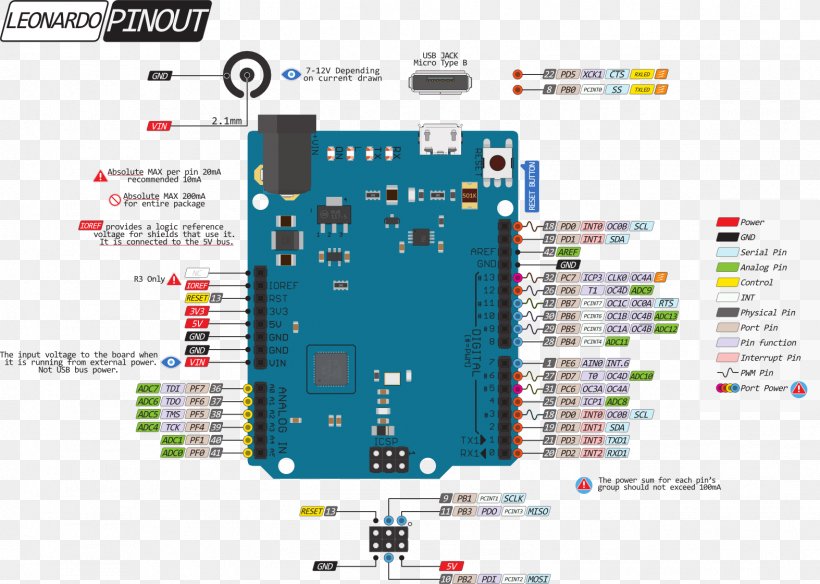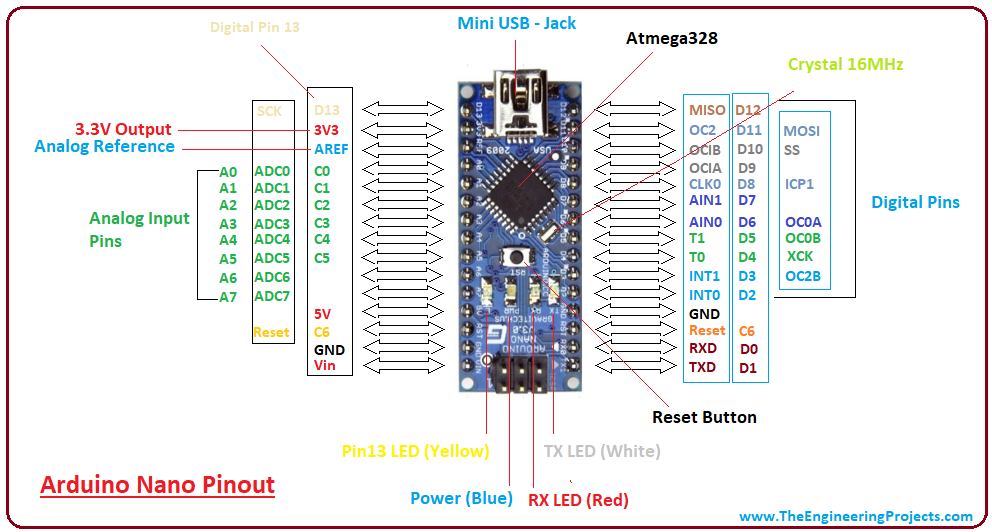

So we're looking at the 32MHz Nano-sized drop-in replacement but I'm using a different sized development board just for ease of use in the video. Links to all products at the bottom of this description LGT8F328P Arduino Clone Chip ATMega328P An improved ATMega328P with this cheap clone Logic Green LGT8F328P $8 off your first order at LCSC Electronics with See video #156 (Direct link to video: )Ĭlick on any image to see the full-sized version in a new tab.


Next, you need to select the card as shown in the picture (Generic ESP8266 module) In the lower right corner will be able to select the version of the software, select the version 2.1.0 (the newest) and click the Install buttonĪfter installation, close the window and go to Tools> Board and see the list of available devices on the chip programming ESP8266 In the window that appears, scroll through the list down to the script esp8266 by ESP8266 Community and click. Then go to the Tools> Board> Boards Manager Then in the window that appears in the row Additional Boards Manager URLs (marked in red) insert link for installation in Arduino IDE additional scripts that would work with the modules ESP8266, and click OK To begin open the Arduino IDE programming environment and go to settings It is important that when the ESP8266 module is programming, it is necessary to press the button “ESP Reboot” On the board where the switch of mode of operation with 8 position Specifications : MicrocontrollerĬH340 connect to ATmega328 (upload sketch)Īfter choosing the mode of the board can proceed to setting up the IDE All modules can work together or independently. Full integration of microcontroller Atmel ATmega328 and IC Wi-Fi ESP8266 with 32 MB flash memory, and USB-TTL converter CH340G on one board.

It is a customized version of the classic ARDUINO UNO R3 board.


 0 kommentar(er)
0 kommentar(er)
